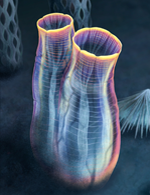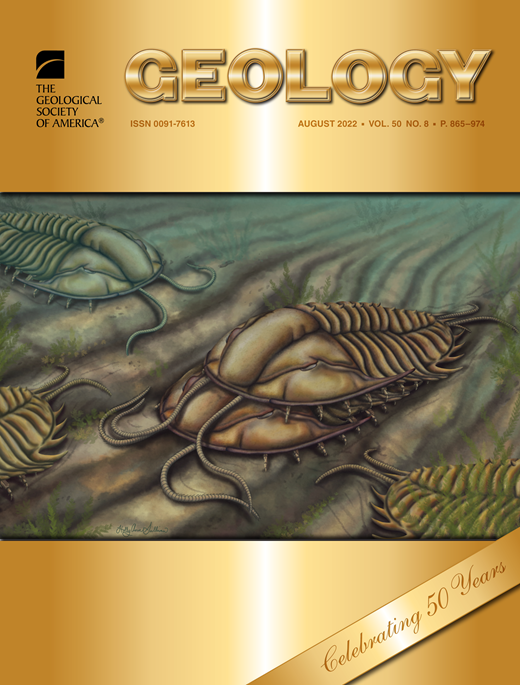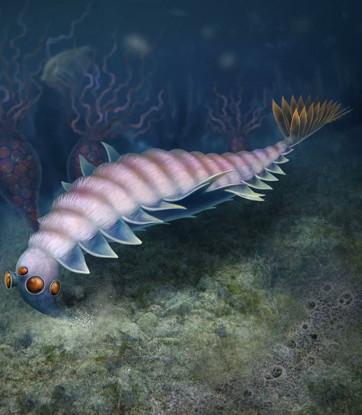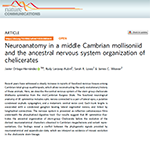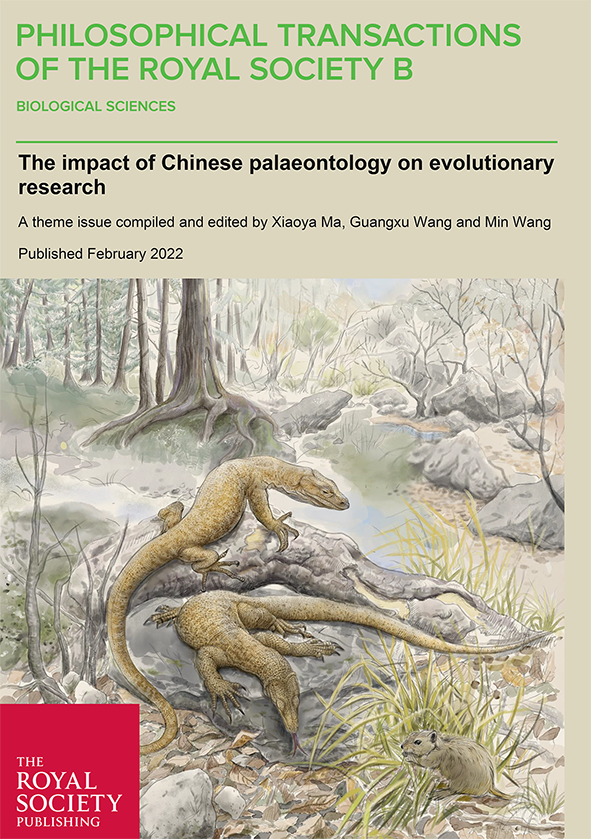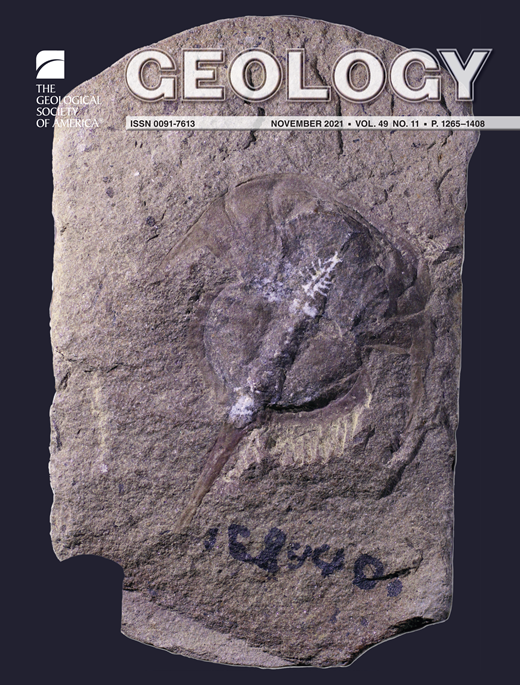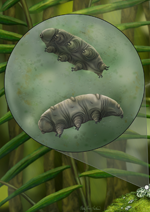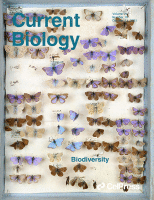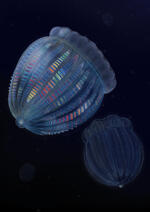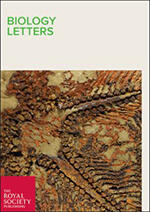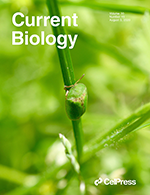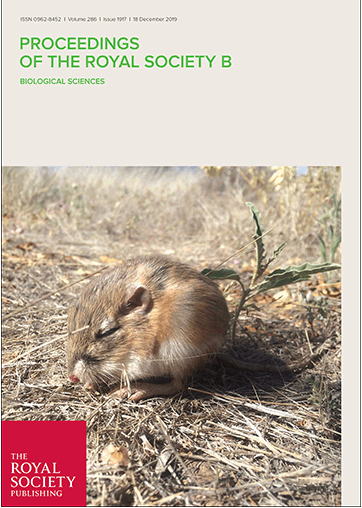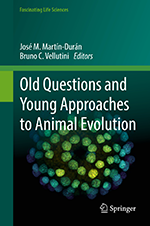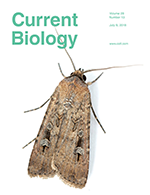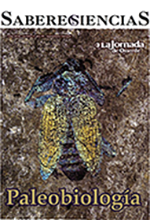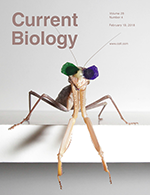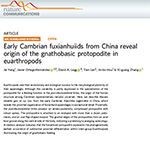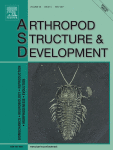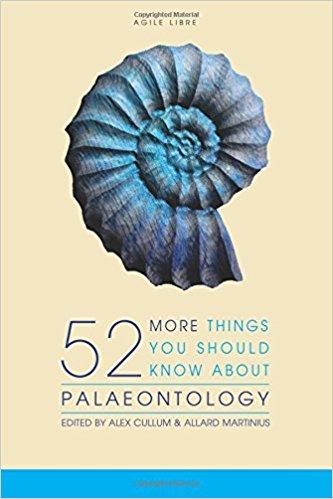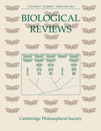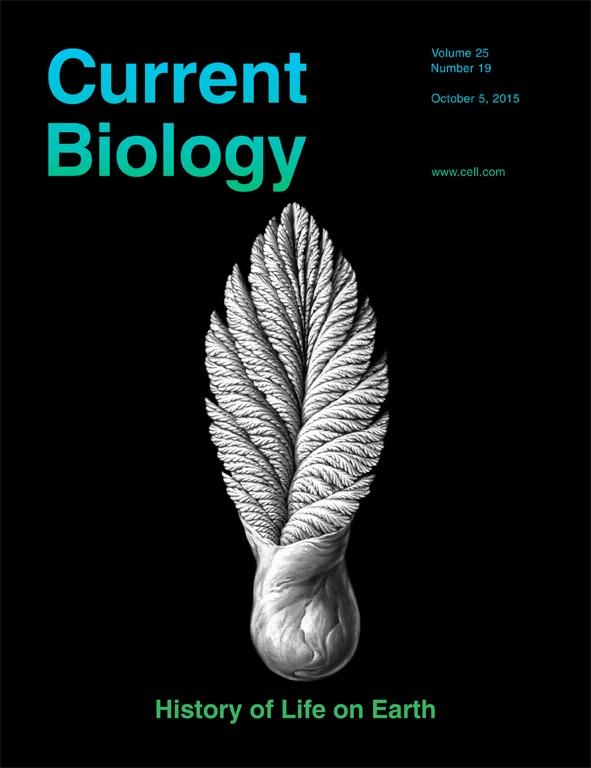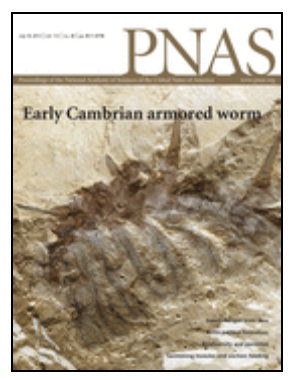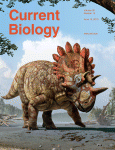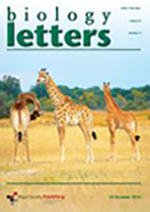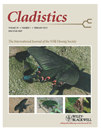Citation:
Abstract:
Sexual reproduction represents a fundamental aspect of animal biology, but the diversity of reproductive strategies among early Paleozoic metazoans remains obscure. Direct evidence of reproductive strategies comes from exceptionally preserved egg masses in Cambrian and Ordovician euarthropods such as waptiids and trilobites, but anatomical or behavioral adaptations for mating in these taxa are all but unknown. We demonstrate the presence of functionally specialized appendages in the mid-Cambrian (Wuliuan) Burgess Shale trilobite Olenoides serratus. New material of O. serratus preserves significantly modified and reduced endopodites underneath the seventh thoracic and first pygidial tergites. Comparison with extant euarthropods indicates that these specialized limbs are functional analogs to claspers, which are used by sexually mature males to grasp females prior to or during mating. The claspers in O. serratus were most likely used by the male to hold onto the posterior pygidial spines of the female during amplex, similar to the strategy observed in the horseshoe crab Limulus polyphemus. The new appendicular data from O. serratus provide the first direct evidence for trilobite sexual dimorphism based on the non-biomineralized ventral anatomy. Our findings illuminate the reproductive biology of trilobites and indicate that complex mating behaviors observed in extant euarthropods originated during the Cambrian explosion.

